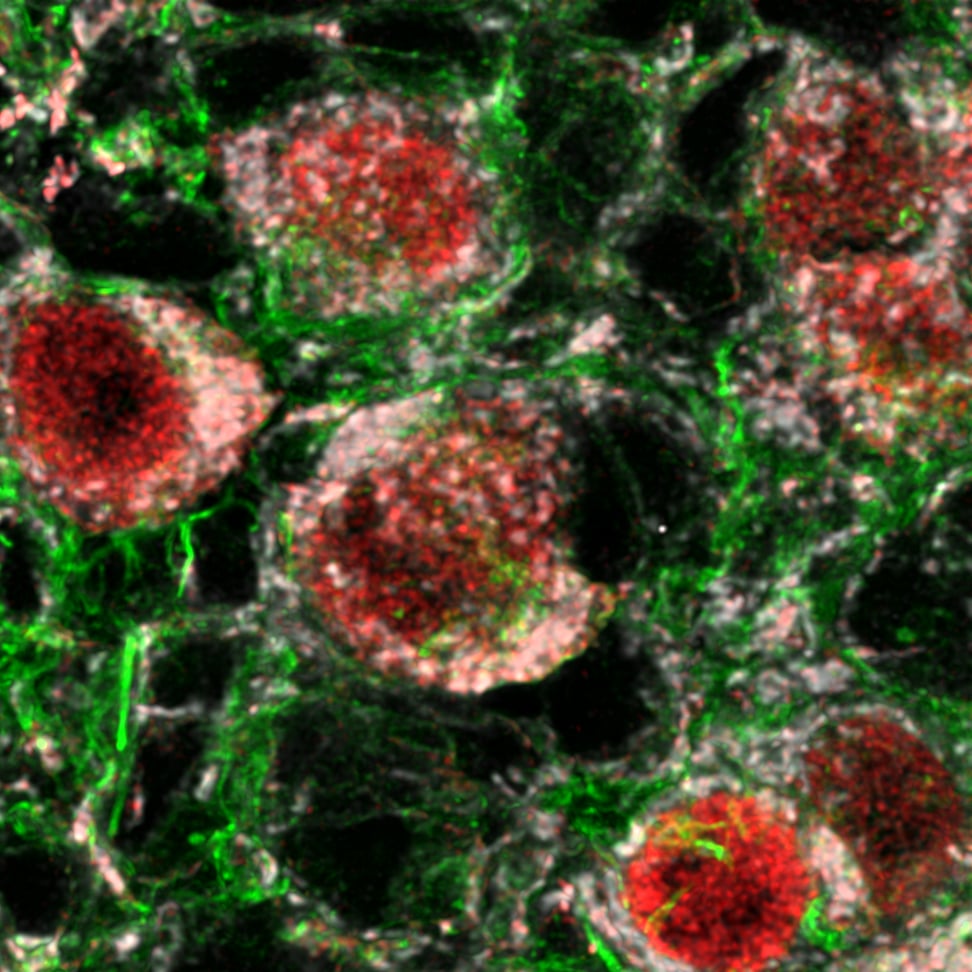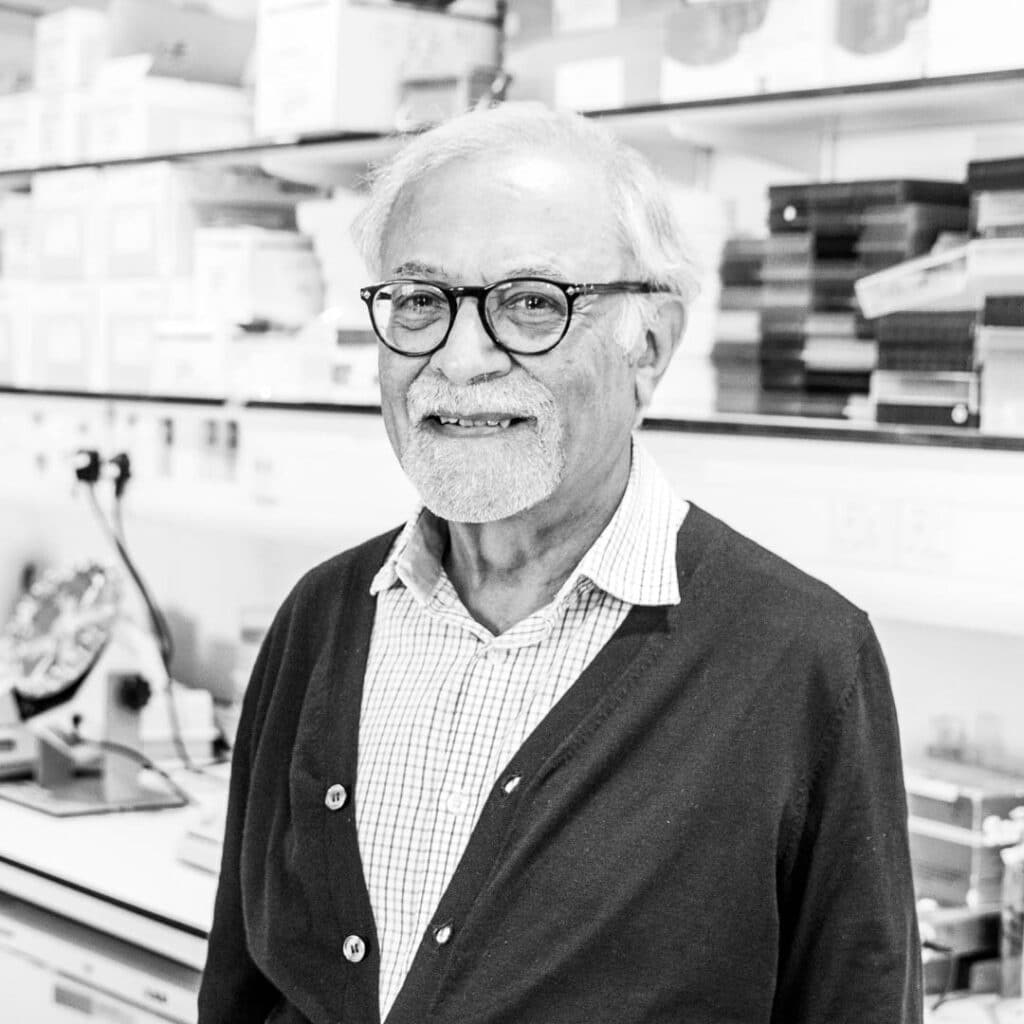Sumru Bayin receives Wellcome Career Development Award
October 4, 2023
Read more

30.03.22 In her ‘milestone’ article for Drug Discovery News, The Rapid Rise of Single Cell Sequencing, Harvard biology student Maggie Chen examines the history of single-cell sequencing, first developed by Azim Surani (left) at the Gurdon Institute and published in 2009. The technique was a by-product of Surani’s desire to find out which genes were active in primordial germ cells.
This technical innovation has been evolved and developed into several technologies used across all areas of biomedical research, with an impact on studies of human disease, and underlies the large-scale Human Cell Atlas project at the Wellcome Sanger Institute.